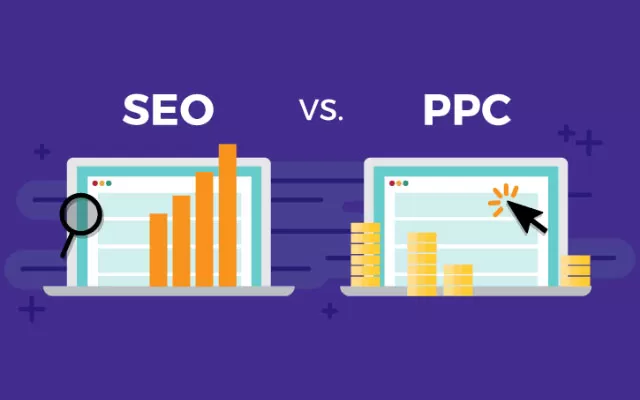With SEO, you can rank high in organic search results, but with Google Ads, you can achieve this in a very short time compared to SEO work by paying a certain cost. Content relevance is critical in SEO. If your page contains any terms that are not related to the content on your site, you have little chance of ranking. No website, regardless of how large and well-known its brand is, will succeed without embracing content and page relevance.
Organic ranking is largely determined by searcher intent. For example, an e-commerce site is less likely to rank for an informative phrase like “how to polish bots”. The sites that rate this sentence are fashion blogs or sites that provide training in this field.
Twenty years after analyzing the data, the Google Search Engine has also started to identify the expectations of searchers based on the keywords they use. When organic search results do not fulfill this need, searchers are more likely to return to select another result. In contrast, this generally leads to users being less satisfied with the search engine.
Paid search, low relevance affects your Quality Score, which is Google’s measure of page quality and the relevance between your ads and your content, which in turn affects the cost per click. However, if you are willing to increase the bid, even if the content does not rank in organic search, it can still achieve a good position in paid search.
Beyond relevance, the authority conveyed to a site by the links of others still plays a central role in organic search algorithms. If the quality of the links needed to overcome competition in a search query is not mentioned on your site, the ranking will be lower.
On the other hand, landing pages without links often perform well in paid searches because they are preferred when specific messages are not suitable for a broader site audience.
In contrast, landing pages can be separated from the rest of the site and still perform well in Google Ads.
Organic search results are shrinking. This is better for advertisers, but not suitable for SEO. Ads in Google search results appear first and last on the page, sometimes to the right of the organic results. Content like Google’s zero-position featured “answer box” snippets can also push pages down.
However, the same answer boxes can also result in less site traffic, because searchers are less likely to click to get the information they want when they can read the answer in the search results, because they already know the answer to what they are looking for from the search results in the answer boxes without having to navigate the site. Therefore, ads are not suitable for prominent snippet placement.
Organic search results are narrowing. Another quirk of organic research is Google’s inconsistent use of structured data. Content displayed in organic search results generally relies on the page’s title tag and meta description, unless the search engine decides that other words on the page are more relevant to the search query. However, in Google Ads, the expression shown will be the one you specify.
Analytics platforms assume that all traffic from search engines is organic, so you don’t need to tag pages for SEO tracking. CPC traffic needs to be tagged to track it by group, campaign and other attributes. Segmenting search traffic can be beneficial, but mistakes can occur during label placement, which may indirectly lead to data loss.
SEO consultants make recommendations, usually together with developers, designers, copywriters, they carry out the necessary work, but it is a time-consuming work. A Google Ads expert, on the other hand, usually needs help with landing pages and tracking elements, but can fully manage campaign structure and bidding. Thus, Google Ads can be published faster than SEO.
With SEO, you can’t control whether your page will appear in search results or how that listing will look. But the benefits are longer term. With Google Ads, you have greater control over ad visibility and timing, but you always need to pay for it.
If you use SEO and Google Ads simultaneously, you can maximize visibility in search results. This is why many businesses opt to use both together.

